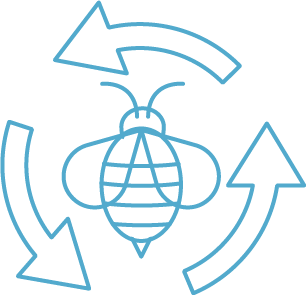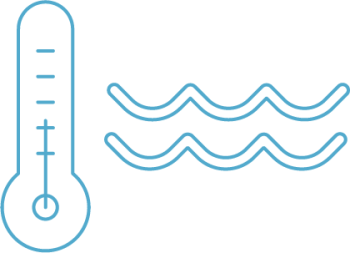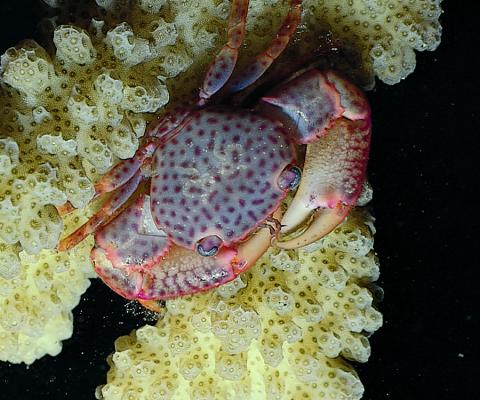Much of our interaction with marine arthropods is through eating crustaceans like lobsters and crabs. In 2021 the Dungeness crab fishery in some areas of the west coast was closed to avoid whale entanglements with the gear.
Fishing for the krill you see in the supermarket or health food store may be damaging the Antarctic ecosystem.
On the west coast of the U.S., students participate in a beach monitoring program called LiMPETS (Long-term Monitoring Program and Experiential Training for Students). Students either participate in monitoring the rocky intertidal or sandy beaches. On beaches, students catch, measure, and sex Pacific mole crabs. Not only are students contributing to knowledge about changes to these environments, they’re also learning the scientific process. Learn about the program.
Biomimicry
Read about how material inspired by chitin from arthropod exoskeleton is being used for surgical thread. Researchers are designing new materials based on the stacking of protein and chitin in the mantis shrimp exoskeleton. And they are using discarded shrimp shells to make a biodegradable plastic.
A glue inspired by very strong barnacle glue can seal bleeding organs.
Medical
Horseshoe crabs' blood is collected for medical uses. Biotech companies harvest horseshoe crab blood for a compound that can detect practically any amount of bacteria.






















